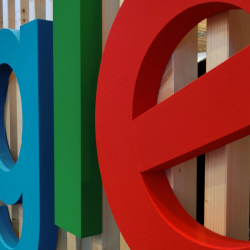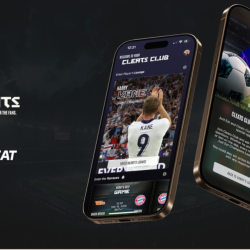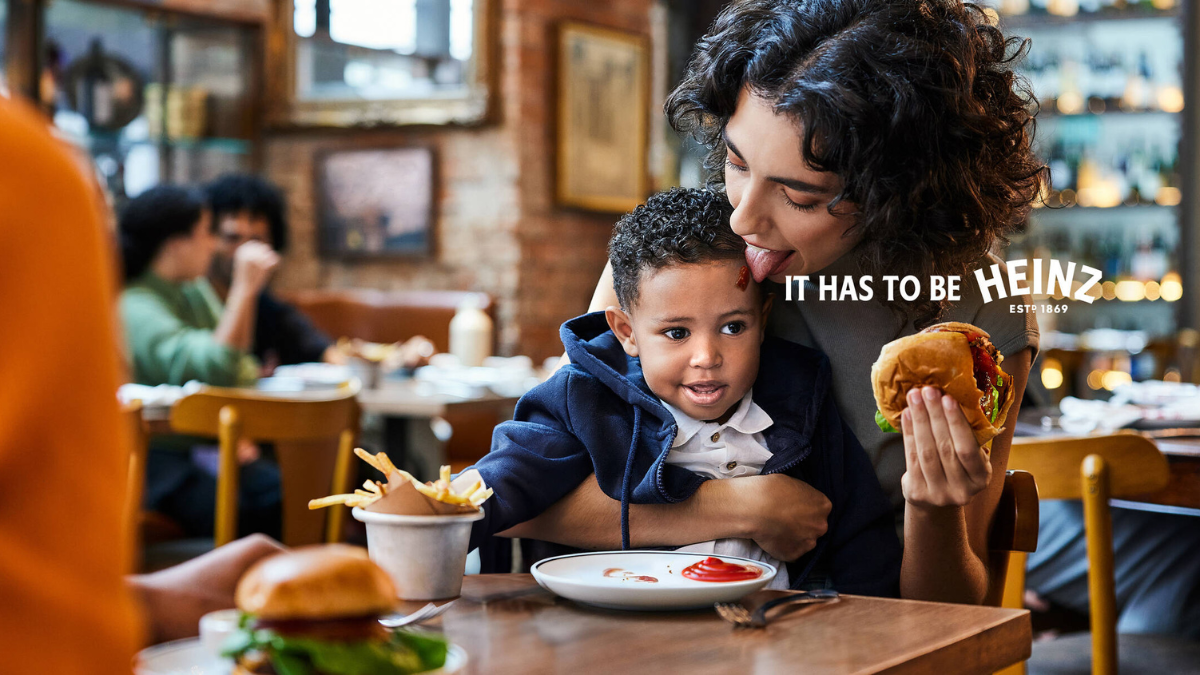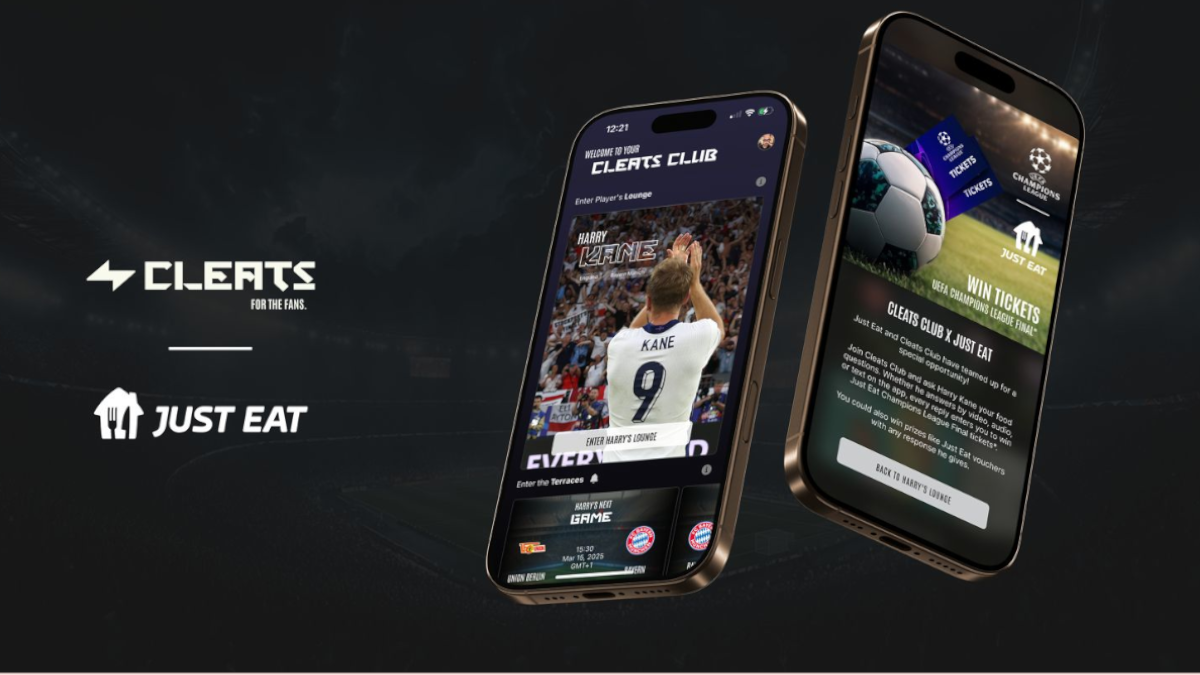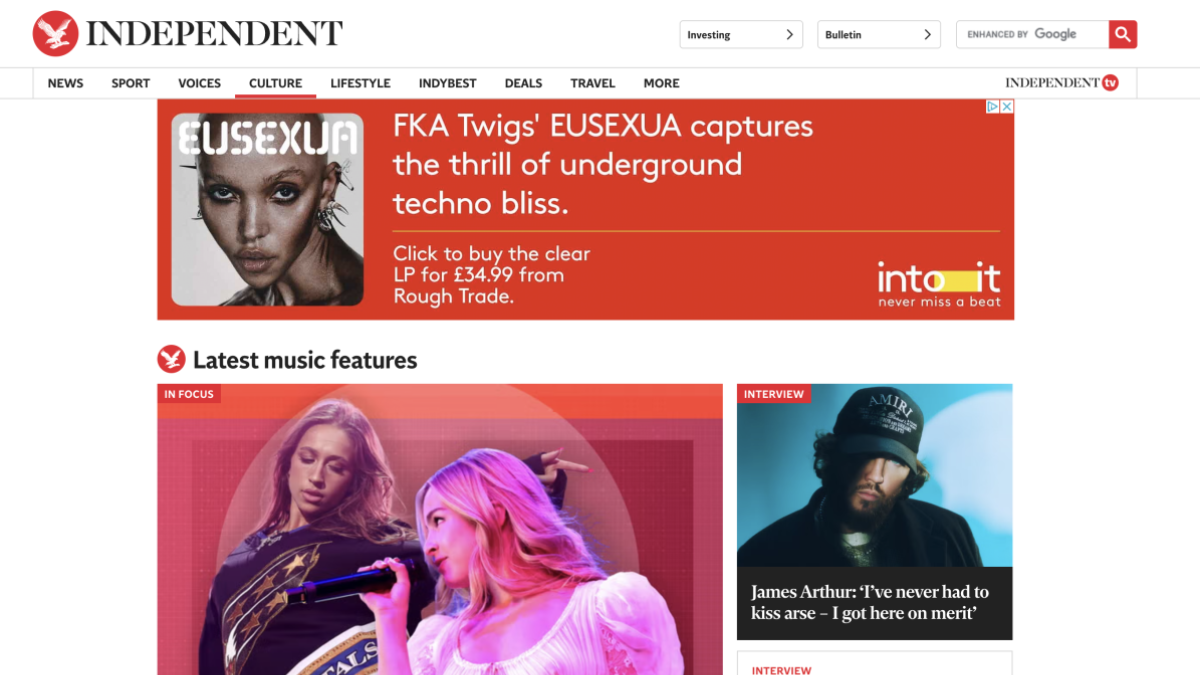Brands looking to shore up their success in the long term, or those starting out, ask the question: ‘Remix or disrupt?’. Do we build with a people-first, culture-first, product-first, shopper-first or audience-first mindset? Do we put our weight behind emotional resonance or leading-edge innovation to challenge the market? As with many business decisions, the answer is: it depends and do all of it. There are numerous factors at play from organisational goals, resources, and market conditions to consumer targets. But the one foundational principle that should guide action is knowing your brand and category inside out. Here are our views on how and when brands should think about remixing or disrupting, and why good old STP (segment, target, position) unlocks the answers.
Remix, don’t reinvent
For established brands, standing out in a crowded marketplace and continuously engaging consumers drives a strong market presence. The job to do is to continually build and reinforce memory structures and establish its distinctive assets as intuitive shortcuts to your identity, providing immediate clarity on what you stand for. Thinking beyond just advertising and product, every brand interaction is a moment of truth, including how someone recycles your pack at home or closes an account. Studies show presenting brands consistently across all platforms can increase revenues by up to 23%. Yet, when you look at the Ipsos database of tested assets, only 15% of all brand assets tested are truly distinctive. In the Ipsos x JKR joint report ‘Be Distinctive. Everywhere’, based on the Ipsos data, we estimate that of the $4.7 trillion spent every year on marketing, 85% is being spent on assets that aren’t truly distinctive.
Does this mean a brand should not play with its identity? Absolutely not. There is room for brands —especially established ones — to move with the pulse of culture in a credible way. To be credible, and really make the most of this, you need clarity on your iconic signifiers and choose what you remix. The thing to avoid is re-invention to the point of inconsistency which makes a brand harder to encode to memory and subsequently recall. Remixing for established brands keeps things fresh and exciting — and it’s usually the truly distinctive brand elements that you have most permission to play with in this regard. Classic case studies include Heinz, using its global brand platform, ‘It has to be Heinz,’ for localised, culturally relevant campaigns. Or KFC playfully injecting Colonel Sanders into new contexts to engage different audiences such as a ripped ‘chickendale’ for Mother’s day or a Robot Ai making E-sports predictions in China.
Once you have brand clarity, the art of blending consistency with cultural relevance is helped by the key drivers of brand success — shaping expectations, integrating context and acting with empathy. More specifically, ‘shaping expectations’ refers to what people feel and know about the brand and category. ‘Integrating context’ means understanding what is happening in people’s lives and the world around them. ‘Acting with empathy’ is about understanding what’s important to people and how brands can add to their lives.

Disrupting: new markets and being upstarts
For brands looking to break into new markets or significantly alter market dynamics, disruption can be a powerful strategy. This requires an understanding of unmet consumer needs and the organisational ability to deliver groundbreaking innovation.
For brands in well-established categories, declines in volume can feel like death by a thousand cuts vs. a seismic event. Take the recent trend in the FMCG category, where players who use branding to command higher pricing are facing a decline in sales, as the pricing power of their brand was overestimated. Labels that have historically stood the test of time are now suffering from loss of volume and relevance, through a rise in quality private labels; a window of shopping around which opened thanks to the polycrisis; regulation; shifting retail trends; alongside a raft of challenger brands offering ‘better’ solutions. Big-name brands like PepsiCo and P&G report shrinking sales volumes, as consumers opt for and then stick with private label products. Another case is Nike, who removed themselves from the retail shelf and gave others the opportunity to make that ‘in real life’ product promise and stimulate desire.
No article on disruptors would be complete without a name-check for Patagonia, who are highly visible for their stakeholder vs. shareholder model. In 2022 they announced that ‘Earth is Now Our Only Shareholder’, which somehow managed to make governance interesting to consumers!
In short, there is plenty for challengers to challenge. Category creation typically evokes technology brands such as Uber, Airbnb, Amazon and Apple. But there is a raft of brands who found an additional empathy gap in their category and found ways to better serve people’s needs. Toilet paper brand ‘Who gives a Crap’ offers a quality product, with high design value and high sustainability credentials as a co-benefit, while BrewDog found an emotional white space in the beer category, and blazed in.
Whether a brand is redefining the rules of a category, transforming how people’s needs are met, or re-thinking business models — clarity, solid orientation and consistent brand positioning is essential.
Remix or disrupt? Either way, consistency and connection matter
Brand is one of the most important investments a business can make. Ipsos Brand tracking data shows that over time, while category performance has remained important to building equity, the importance of brand closeness is growing over time. As we have highlighted throughout this piece, absolute clarity on your brand and category orientation is a must. After that, consistent and repeated brand exposure goes a long way.
How will you help people find a little pleasure or satisfaction and make sure they know it’s your brand the whole time?
Featured image: It has to be Heinz



